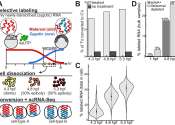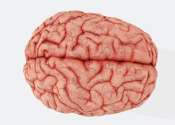Researchers reveal how molecular roadblocks slow the breakdown of cellulose for biofuels
Cellulose, which helps give plant cell walls their rigid structure, holds promise as a renewable raw material for biofuels—if researchers can accelerate the production process. Compared to the breakdown of other biofuel ...









